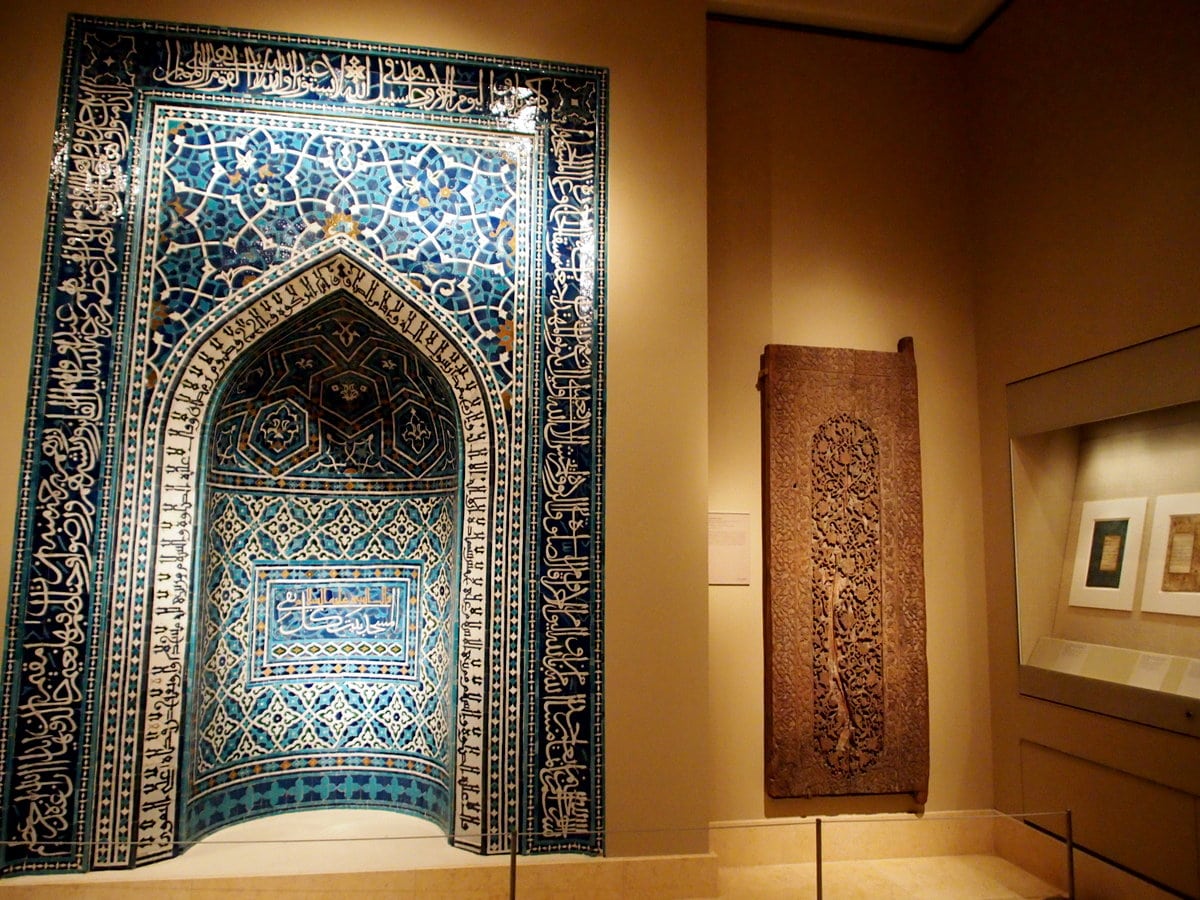Skift Take
Basic pricing economics can lead to a tiered-yet-simple solution if the Met and others want to do it, to benefit all.
New York’s Metropolitan Museum of Art was recently sued by visitors because its advertised admission prices use the word “recommended” in rather fine print, giving the impression there is no getting around the basic non-concession rate of $25. It’s an odd practice, rarely seen elsewhere, of posting a price but not actually making payment required, and so no wonder it causes confusion to those who rarely visit museums. If this is the policy to be followed, surely it’s best to be as transparent as possible to the visitors about their obligations. That said, much of the resulting debate was not about the voluntary nature of the price, but about the amount.
When it comes to museum prices, how high is too high, especially when, as is especially the case outside the US, museums receive generous public subsidy? All museums are different of course, in terms of their collections and their patrons, but here are a few things to consider in why it makes sense for museums to continue charging admission:
First, as options go for being able to enjoy the fine arts, museums are not expensive. Compared to what we pay for opera, classical music, or theatre, that we can see the Met’s magnificent collection for just $25, or visit the Rijksmuseum in Amsterdam for just €15 ($20), or the Prado in Madrid for €14 ($18), and spend the entire day there among the greatest treasures of the art, is an astonishing thing. These amounts might seem high compared to museums with free admission, or high relative to what was charged 20 years ago, but we shouldn’t lose sight of the fact that these prices are a relative bargain in the cultural world. And the prices reflect what patrons are willing to pay—a visit to any of these museums shows they are not just for the pleasure of a small elite.
Second, while public subsidies are justified, given the benefits of conserving these collections of art, that should not let visitors off the hook from contributing to the financial needs of the museum. A balance between public and private contribution is warranted.
Third, there are all sorts of ways for museums to use price discrimination—concession prices for students and seniors, discounts for families and through memberships, free days—to make themselves more accessible. This is much more effective targeting than lowering prices for everyone, including all those visitors who can well afford the full price. It is hard to find a sound rationale on economic or equity grounds for making very popular museums absolutely free to the visitor at all times.
Fourth, as economists like to note, prices are an allocation mechanism. For the most popular museums, the cost of admitting an extra visitor is not trivial, as that visitor is making the museum that much more crowded for all the others. The British Museum has free admission, but a study of visitors by David Maddison and Terry Foster—who showed pictures of relatively more or less crowded rooms in the museum to patrons on their exit—found that visitors would gladly have traded off some sort of admission fee for a less crowded museum. Lower prices mean more visitors (unless you put a cap on admissions, and use queues as your allocation device instead of prices), and a less enjoyable experience with the art. I like a full house at the theatre, but not in front of a favorite Cezanne.
Michael Rushton directs the arts administration programs at the School of Public and Environmental Affairs at Indiana University in Bloomington.
![]() This story originally appeared on Quartz, a Skift content partner.
This story originally appeared on Quartz, a Skift content partner.
Additional links from Quartz:
The Daily Newsletter
Our daily coverage of the global travel industry. Written by editors and analysts from across Skift’s brands.
Have a confidential tip for Skift? Get in touch
Tags: museums
Photo credit: Met Museum's collection of Islamic art. Rafat Ali
